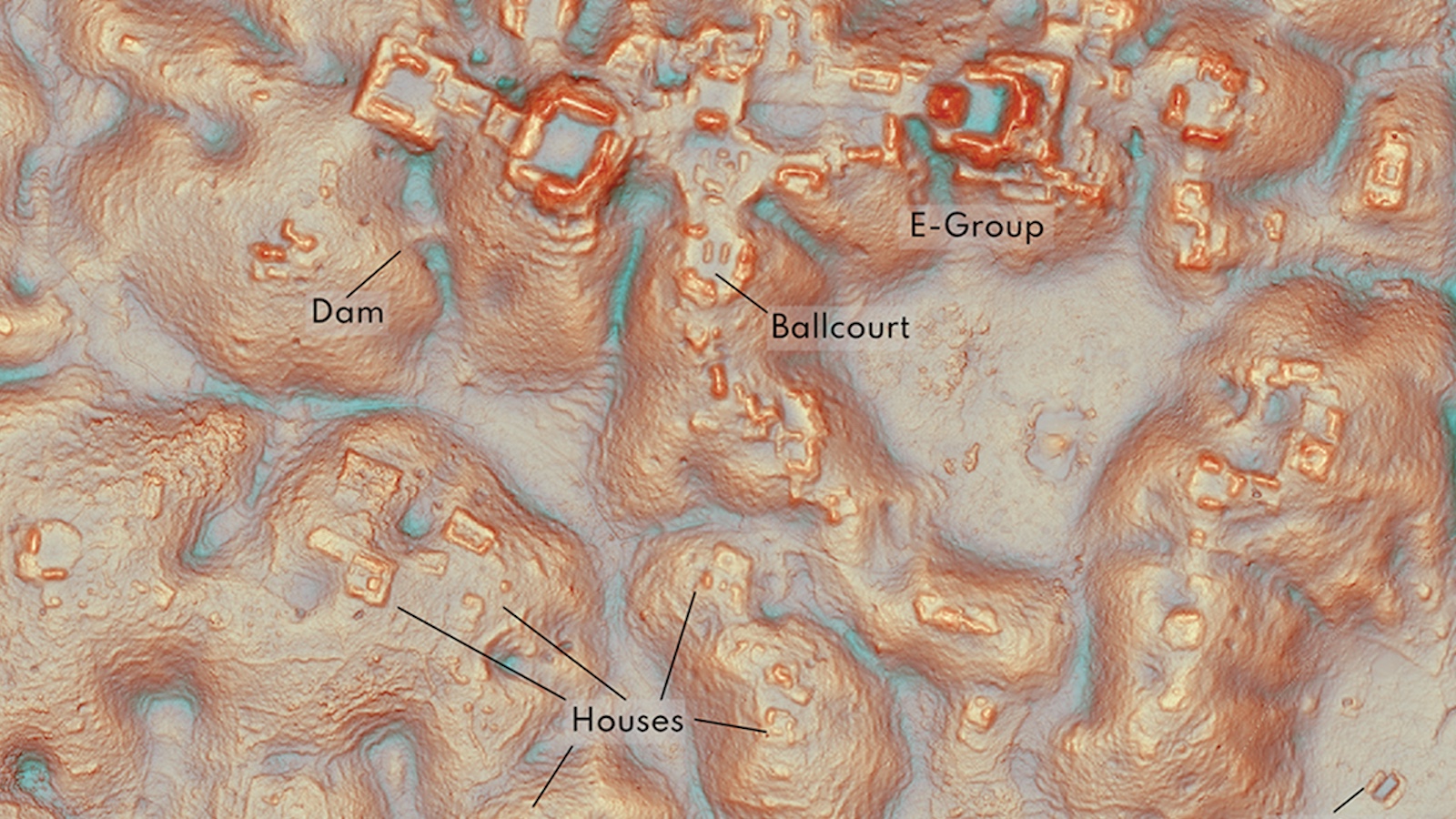Back in 1968, the Atlantic Was Only as Wide as a River

Progress has stopped. A bright future is a thing of the past. Devolution, degeneration and decadence are all we can look forward to. You’ll find sentiments like these motivating many Letters to the Editor, and most of the cultural pessimism pervading the world today.
And not just today. Ironically, the feeling that everything is going to hell in a handbasket has been with us at least since written records began. And for the last two thousand years, every generation has spawned religious fringe movements convinced they’re living in End Times.
Whether religious or secular, most of these pessimists of progress necessarily profess that things used to be much better (otherwise they couldn’t have gotten so bad!) These past perfections usually pertain to morality or the environment (used to be cleaner, and there was more of it – in both cases).

They hardly ever refer to technology. For that is one thing that still seems to progress rapidly. Just compare your present phone with the clunky, no-apps one you held in your hands 10 years ago. Or the one a decade previous – still attached to a landline.
There is ample evidence of technological progress in other fields. Yet in some fields, progress has incongruously ground to a halt, even reversed. The late Sixties, early Seventies present the paradox of an earlier, more primitive time that was more advanced than ours, albeit only in the limited area of flight.
Men walked on the Moon (even if not very far, see #260), where now we struggle to get astronauts off-planet at all. And Concorde connected London with New York in less than 3.5 hours. Commercial airliners today take more than double that time to cover the same distance.
This poster for TWA even predates the period in which British Airways and Air France operated transatlantic flights on the supersonic Concorde (1976-2003). Yet the progress that literally hung in the air – and in space – engendered an optimism about transatlantic distance, increasingly seen as an outdated irrelevance. The French text reads (more or less):
It used to take weeks to cross. These days, the old Atlantic is traversed in a jiffy! And the US is right next door! Do you want to cross it? Straightaway?
The America of 1968 has a new face. It awaits you with open arms. This year, some very interesting events will take place across the river… across the Atlantic: Mexico’s Olympic Games, the HemisFair… a fabulous exhibition in San Antonio, Texas, the joyous celebrations for New Orleans’ 250th anniversary, etc. etc. The United States are ready to welcome you!
We at TWA are equally ready! We offer you a range of airline holidays at prices so low they’ll make your jaw drop! For example, a 15-day trip to New York, trip and hotel included for only 1,581 francs!
If you travel for business, we can also help you with information on hotels, business meetings, inter-city connections, car rentals… TWA will provide it all. And TWA is the only airline in the world to link the majority of European capitals with 39 US cities. Visit America in 1968! After all, it’s just across the river. To go there, fly with the company that can do most for you: TWA. Talk to your travel agent… or directly to us.
The poster cleverly plays on the half-remembered geological truth that the Atlantic Ocean, at some distant point in the past, really was a very narrow body of water. Tectonic activity has since served to separate continents that used to interlock, as evidenced by the similar shapes of the Atlantic coastlines of South America and Africa.
A comparable fit between North America and Europe is not really there, but this map does its best to accommodate Europe’s Iberian bulge with the concave shape of the coast from the Carolinas to Miami. France’s ‘nose’ (i.e. Bretagne) seems strangely shortened, perhaps for fear of it bumping into New Jersey. Britain’s Cornwall peninsula is pointing straight towards Long Island and New York – which at this distance surely would have been within easy rowing distance for the rivalling teams from Oxford and Cambridge.
One wonders why this picture, apart from just plain geographically wrong, seems so outdated. Maybe it’s not to do with technological progress or the lack thereof. Possibly, it’s more a case of divergence in a wide range of cultural, political and other issues. Could it be that, in the decades since 1968, Europe and America have simply drifted apart?
Many thanks to Vlaotchose for sending in this map, found in a 1968 issue of Paris Match
Strange Maps #474
Got a strange map? Let me know at [email protected].





